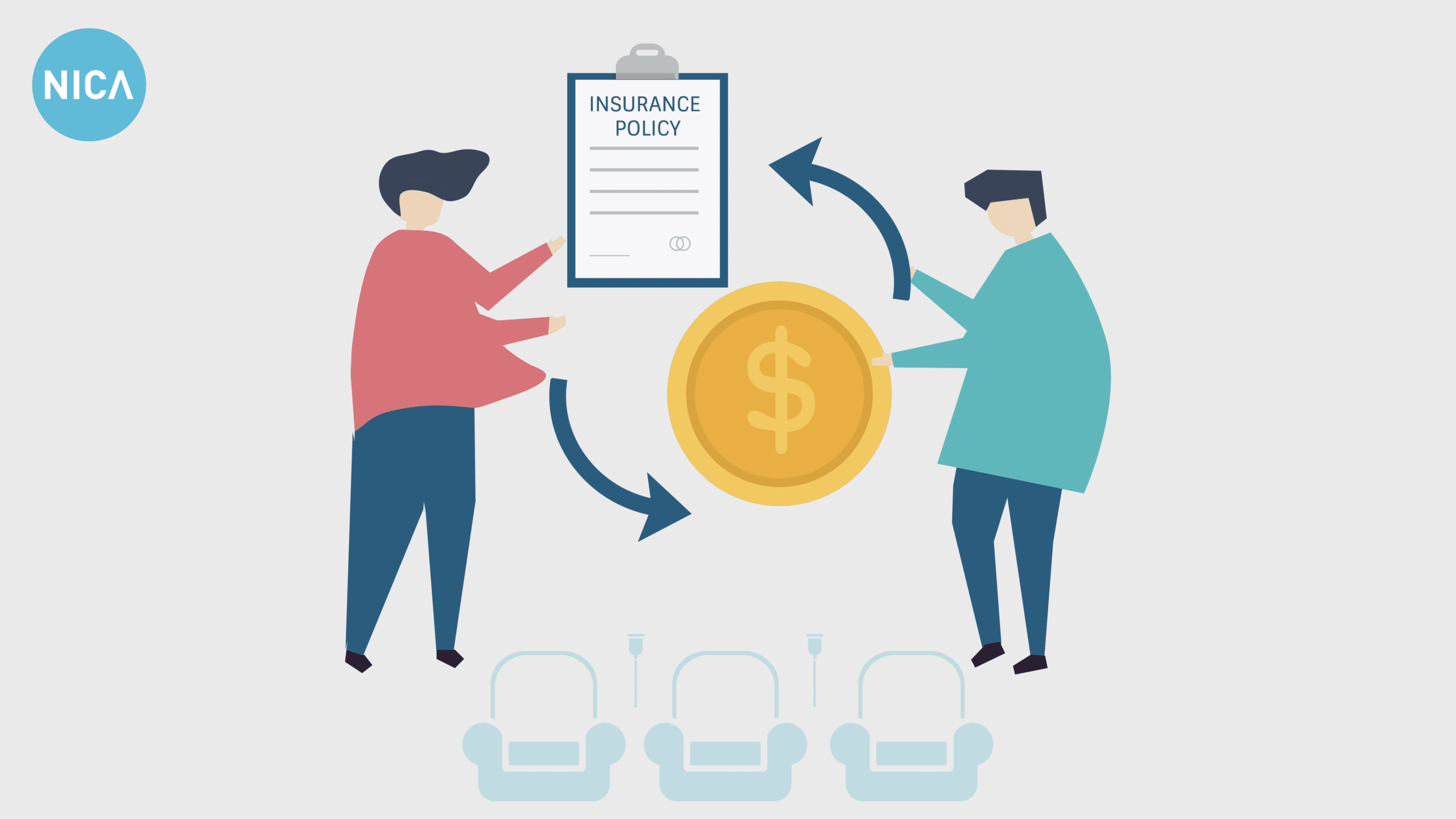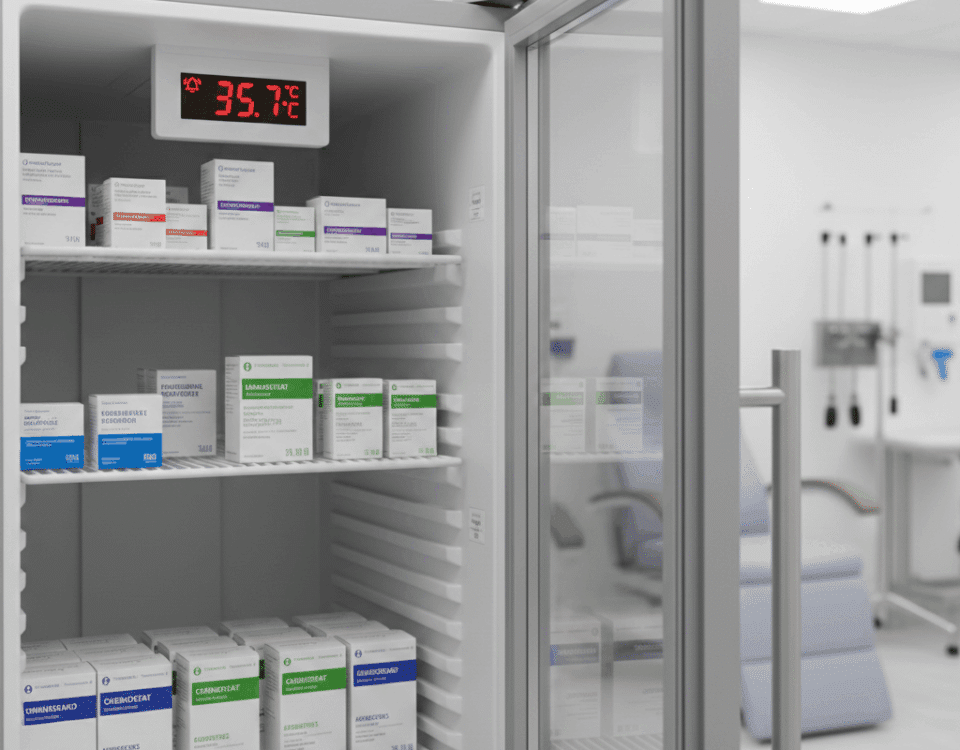Written by Marissa Shackleton, The Elliot Lewis Center, Wellesley, MA
As the Executive Director of a multiple sclerosis center, I believe medications should be accessible and affordable for patients. In order for infusion treatment to be accessible and affordable, patients should aim for a coordinated team approach with their provider, infusion center and manufacturer of treatment.
You have received a diagnosis and decided on an infusion treatment with your provider… now what?
Understand your insurance coverage.
Navigating health insurance can be challenging. In this post, we will break down the basic components of health insurance, accessibility to therapies, and financial assistance options to make the medications affordable. It may be helpful to visit NICA’s Glossary of Health Insurance and Healthcare Terms to better understand commonly used terms such as deductible, out of pocket, premium and other frequently used healthcare terminology.
Choosing insurance can be complicated. You may receive insurance from your employer, you may be purchasing from the Marketplace or you may be eligible for Medicare or Medicaid. In each situation, there are many factors to consider and support available to help guide you through the decision.
If you are purchasing insurance from your employer and you have multiple options, take a close look at the deductibles. If you receive care for a chronic disease, assume you will pay the entire deductible each year, between tests (lab work and MRIs) and treatment costs (infusion therapy). Is it worth paying more per month for a more expensive plan if that means a lower deductible?
If you are purchasing your health insurance from the Marketplace, visit the website to compare your options and subsidy eligibility. You can schedule an appointment with an Application Counselor for assistance weighing your options. You can find more information on purchasing a health insurance plan from the Marketplace here.
If you have Medicare or Medicaid, you may consider speaking with a SHINE (Serving the Health Insurance Needs of Everyone) counselor before making a decision. They can review existing coverage, current treatment coverage, provide benefit comparisons, assist with applications, enrollments and appeals, and review eligibility for financial assistance. Not sure what the difference is between Medicare and Medicaid? Check out NICA’s educational module here.
Communicate with your Insurance Company.
Patients should feel empowered to reach out to their insurance company to find out if their medications are covered, and which may require an approval or an exception. If both the patient and provider are in agreement on the treatment, both may need to advocate to get the selected treatment approved by the insurance company. Many manufacturers will assist with this process by providing letters of medical necessity to patients and providers.
Affordability.
Even after your insurance plan has approved your treatment, you still may have an out of pocket cost to receive the treatment.
- Copay Programs: Patients with commercial insurance may be eligible for copay programs. Copay programs do not only cover your “copay” for the visit, as defined in the NICA Glossary, but copay programs can help in covering the cost of the medication and administration. Speak with your infusion center or medication manufacturer to see if there are copay programs available to you. For example, Genentech offers a copay program for treatment with Ocrevus, reducing patient out of pocket to as little as $5.
- Patient Assistance Foundations: If your medication does not offer a copay program or if you are not eligible, you may be able to receive assistance through a third-party foundation. Organizations such as the PAN Foundation and The Assistance Fund have reserved funding by disease state. To receive these funds, you may need to meet income requirements.
- Free Drug: Several manufacturers offer free drug programs for patients who require treatment but cannot get the medication approved by insurance. These programs are also open to patients who are uninsured or under-insured. Contact your provider, infusion center or medication manufacturer for eligibility information on free drug programs.
Advocacy for the uninsured or under-insured.
This is particularly important during the COVID pandemic when more Americans are unemployed and potentially uninsured. Often patients assume that if they are uninsured, they must stop their medications. In many cases, there are free drug or financial assistance programs available. There are also interim or bridge dosing options for patients who require treatment but have an issue with coverage (administrative delays, gaps in coverage or temporary loss of insurance). It is important to emphasize a lack of coverage does not mean you cannot receive treatment.
Infusion treatments should be accessible to all patients, regardless of insurance status and income. It is my hope that patients will utilize the resources discussed in this post to understand insurance options, expand accessibility and increase affordability.
Marissa Shackleton is the Executive Director at The Elliot Lewis Center in Wellesley, MA. The Elliot Lewis Center is a comprehensive care center for patients with multiple sclerosis. The center is actively involved in clinical research and has an on-site infusion suite. In addition to her work at The Elliot Lewis Center, Marissa is a national speaker on Access to Care, Overcoming Insurance Barriers, Infusion Center Management and Reimbursement.




